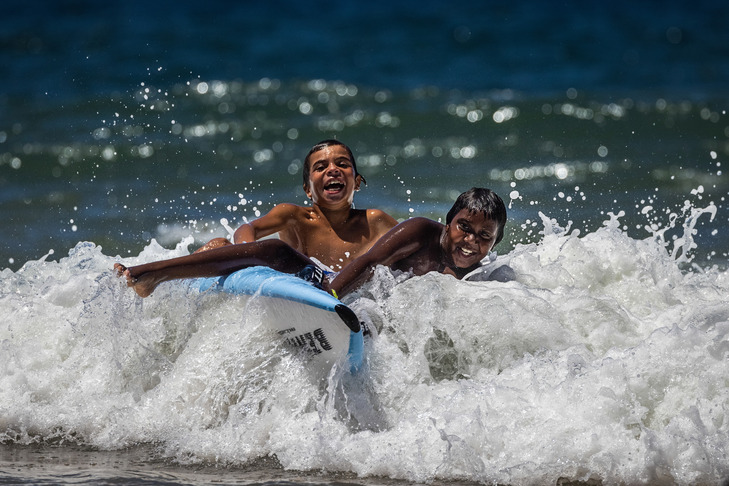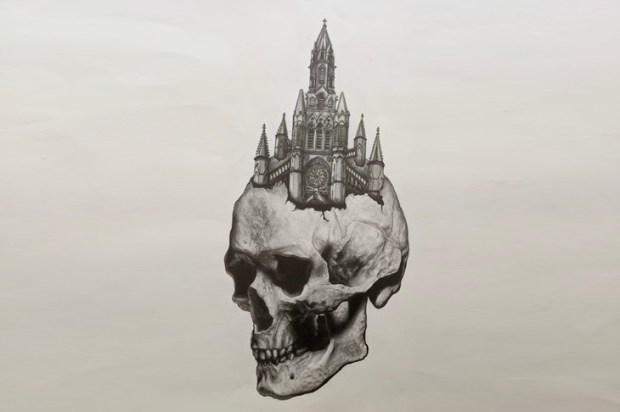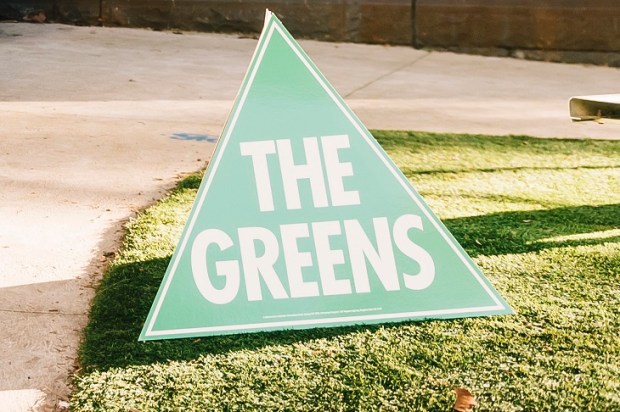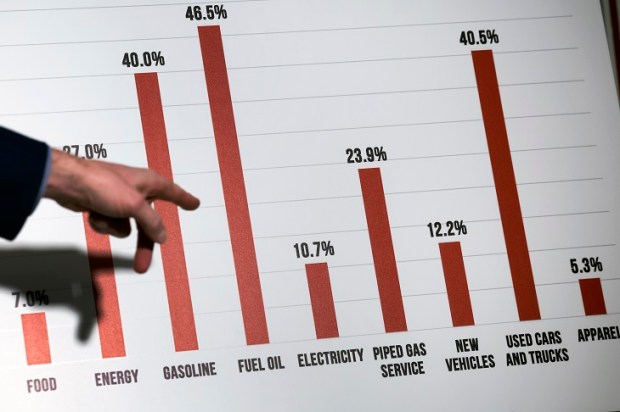Every time I read about the Minister for Indigenous Affairs I imagine an office that is a cross between a gallery and a museum celebrating Australia’s true indigenes – its unique fauna and flora. What ‘affairs’ are those naughty marsupials up to I wonder?
Or is it the recent blow-ins who are indulging in dalliances – the grasses, grains and grazing animals which are here due to the arrival of our species, the Hominidae (whoever and whenever they arrived) – which have changed the natural order of things for Australian indigenous biota.
The definition of indigenous is a species, ‘native or naturally belonging to a region, soil, etc., not introduced’ (OED). The word Aboriginal means ‘from’ ‘the beginning’: from the creation of the world. To be indigenous or Aboriginal in the strict sense of the term humans would have had to evolve here from primates but they didn’t.
The ongoing cross-fertilisation of multiple hominid species has changed anthropological thinking which holds that we are not races just blended versions of the original Homo erectus out of Africa. We are indigenous only to Africa but, once we became bipedal, there was no stopping us.
This brings in the current anthropological review of the concept of race. To quote from the American Journal of Physical Anthropology (2017), ‘Results demonstrate consensus that there are no human races.’ And further, ‘Anthropologists must mitigate racial biases in society wherever they might be lurking and quash any socio-political attempts to normalise or promote racist rhetoric, sentiment, and behaviour’. So does the ‘Affair’ in Indigenous Affairs refer to the normalisation and promotion of cultural identities across some 500 tribal groups from multiple genetic backgrounds who identify as one entity – ‘Aboriginal’ – but are fiercely independent, territorial, and have no common language ?
The ancientness of Australia is overwhelming. A.D. Hope got it right when he called it the ‘last of lands’ as it was the last chip off the ancient terrestrial block, Pangaea, cupping the base of the planet. Every other piece of the Pangaeaic puzzle (South America, India, Africa, New Zealand) left Antarctica tens of millions of years earlier leaving Australia, firmly attached to both Tasmania and New Guinea, to head north until it crashed into the Malay Archipelago.
This created a landform that spread across the Equator known as Sahul. It was here that the first humans made their crossings to Australia in small tribal groups from Asia and, ultimately, from Africa at the height of the last Ice Age when sea levels were so low they could walk across land bridges at low tide. When the sea levels rose those groups that had arrived in Australia remained together with the macropods that had crossed into Australia from Southeast Asia to the east of the Wallace Line
While some support the theory of ‘One Group’ arrival, Tindale and Birdsell from the 1930s to the 1950s, Stoneking from the 1980s (now of the Max Planck Institute of Evolutionary Anthropology) and Wilson et. al. support the ‘multiple migrations’ theory. They point to strong evidence that Tasmanian aboriginals were of purely African origin and came in the earliest migration followed by waves of arrivals from India, Asia, and Melanesia.
At the end of the Ice Age, Australia became a floating platform with small, genetically diverse tribal pods claiming territories that they defended against other tribal groups. A recent estimate is that there were up to 15 migration ‘waves’ into Australia – probably responding to falling sea levels and fleeing conflict and possibly food scarcity.
With the start of ocean navigation in the 15th century there was greater movement of people around the planet and into Australia including arrivals from the Netherlands, China, Britain, France, and Spain mixing with local tribal groups on arrival. The mixing of gene pools continues to this day with estimates that only a small number carry the DNA of the first arrivals more than 50,000 years ago. The best way to describe those of us who identify as Australian is mongrels. As Ernie Dingo said when he discovered he had Viking genes, ‘Well that explains the behaviour of some of my nephews’ (or words to that effect).
Now we come to the blame game. Given that human groups have been at war with each other since our beginnings some 4 million years ago why is there such a media-driven industry of blame, guilt, and victimisation in Australia?
The advent of European settlement in the late eighteenth century was an arrival in pursuit of strategically placed land and opportunity not an invasion. The first arrivals included convicts transported for what would be trivial misdemeanours today. By requirement, officers were to befriend the local tribes with anyone harming any native to be accorded the same punishment as if they were harming their own. It was the philosophical era of the noble savage in Europe and officers, governors, and merchants of the time considered natives to be essentially good and noble because they were not corrupted by society. Where is this mentioned in mainstream media so keen to portray a Utopia invaded while ignoring the the usual crimes committed by people everywhere.
So what am I? As a human, I can’t be indigenous to Australia or Aboriginal. This leaves me with the same definition that ecologists apply to other non-natives such as rats, cats, and lantana – I am feral or an exotic. Some days I feel feral and some days I feel exotic.
Got something to add? Join the discussion and comment below.
Get 10 issues for just $10
Subscribe to The Spectator Australia today for the next 10 magazine issues, plus full online access, for just $10.


























Comments
Don't miss out
Join the conversation with other Spectator Australia readers. Subscribe to leave a comment.
SUBSCRIBEAlready a subscriber? Log in